SUMMARY
This is AI generated summarization, which may have errors. For context, always refer to the full article.
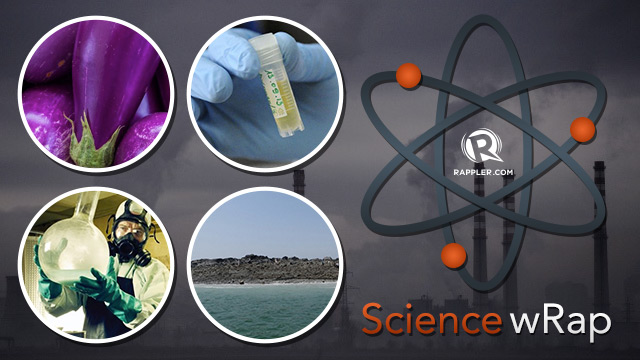
MANILA, Philippines – In this week’s Science wRap: big climate and Mars news, deadly giant hornets, and fake-but-based-on-real-life meth-making.
UN panel: Brace for a hotter planet
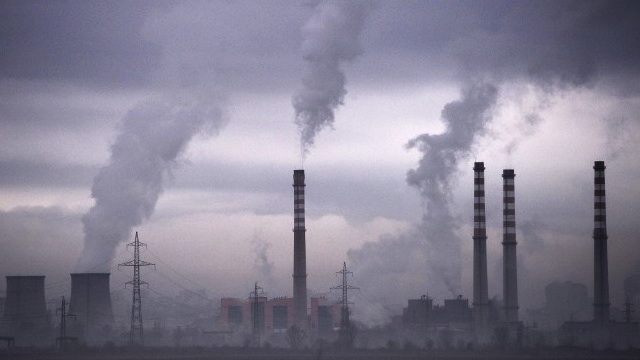
Its the topic of much debate, but the world’s top scientists are now more certain than ever: humans are a big factor in climate change, and if we continue in this path, we’re likely facing a warmer planet. The Intergovernmental Panel on Climate Change (IPCC), the world’s top climate body, released its latest report on the issue, which predicted a rise in temperatures between 0.3 to 4.8ºC, and possible sea level rises between 26-82 centimeters. UN Secretary General Ban Ki-moon said the report should now open the eyes of everyone, particularly governments that must have a global deal by 2015 to curb greenhouse gas emissions. “The heat is on. Now we must act.” Read more on Rappler; Fast facts also on Rappler, LiveScience, and the The Guardian. The Guardian has a nifty interactive presentation to show how warm the Earth has gone in your lifetime, and how warm it could go.
Computers running on carbon nanotubes: Goodbye, silicon?
Could it spell the end of silicon chips? Researchers at Stanford University announced that for the first time a working computer using a carbon nanotube processor has been built – a potentially game-changing development that could pave the way for carbon-based computing devices. The researchers said it is basically a simple computer with transistors made out of carbon nanotubes, and is capable of running a counting program and a sorting program. It is a significant development in the search for a possible replacement for silicon, which is currently the main material used for circuits, when gadgets become smaller and smaller. More on the Los Angeles Times, the New York Times, and the MIT Technology Review; the paper is published on Nature.
CA upholds ban on GM eggplant

The debate on genetically-modified organisms continue, with a big setback for the pro-GMO side this week after the Philippine Court of Appeals affirmed an earlier decision to ban field trials of Bt eggplant. The case was filed by several anti-GMO groups to stop the planting of Bt eggplant, or Bt talong, in test fields. The respondents – which include government agencies and academic institutions – said the trials were done in a controlled and isolated environment. One respondent, UP Los Baños, also argued that the ruling infringed on their right to academic freedom, but the CA said the right is not absolute. More on Rappler.
Giant hornets on the loose
At least 28 people have died in China in the past months due to attacks by giant hornets. The Asian giant hornet has been reportedly terrorizing residents in some parts of China, when people who are walking nearby are suddenly attacked by swarms of the said creature. The insect is scary – it can grow up to 2 inches long – and deadly, because of a neurotoxin. Aside from humans, it has been known to kill other insects, but have a particular liking for bees. Chinese authorities are now warning residents, particularly in hard-hit Shaanxi province, to avoid areas where the hornets are likely to live. The hornet is now reportedly spreading to other areas, particularly in Europe. The culprit for this rising number of attacks? A warming planet. More on Quartz, the South China Morning Post, and LiveScience.
New Martian discovery: water
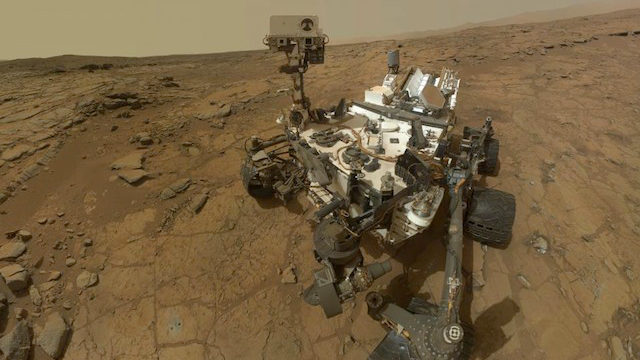
After a bit of disappointing news, the Curiosity rover has some good news: water on Mars. Well, some water to be exact: NASA researchers said Curiosity has detected some water bound closely on the Martian dirt. The rover was able to detect it after heating the dirt using its Sam instrument, which then detected any vapor it produced. The result was that the dirt had around 2% water – and if future astronauts did set foot on the planet, it could be a valuable resource because you can extract water from the dirt if you knew how. The scientists also released reports on a new type of rock that is usually also found on Earth, and results of Curiosity’s other experiments on the planet’s sand and dust. More on NASA and the BBC; the full paper on Science.
‘Quake island’ off Pakistan
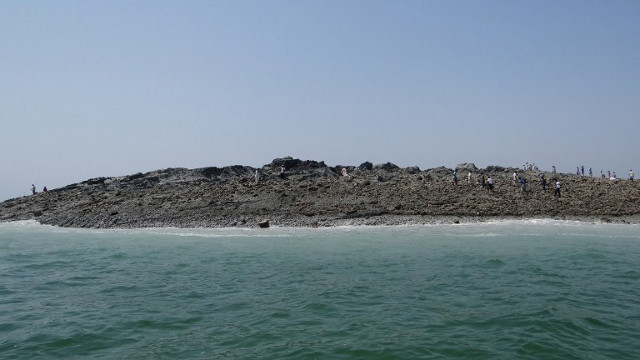
When a magnitude 7.7 earthquake struck the Baluchistan region of Pakistan, it also caused a geologic curiosity: a round island just off the coast of the town of Gwadar. The so-called “quake island” – a mass of rock and mud – rose just after the quake struck Tuesday, September 24, and scientists detected the presence of methane gas there. Scientists said the island was likely a “mud volcano,” which was created when the quake disturbed methane gas under the surface. It is not expected to last long, and will soon be reclaimed by the Arabian Sea, just like its predecessors. It is reportedly the fourth to form in the region in the past 60 or so years. More on Rappler and the BBC.
HIV infections down globally

Some good news on the battle against HIV: new infections globally have gone down since 2001, the United Nations reported Monday, September 23. Compared to 2001, the number of newly infected patients in 2012 was 2.3 million, down by 33%. Infections among children in the same period was also down by a whopping 52%. The use of antiretroviral drugs has been cited as one of the key contributing factors, especially in sub-Saharan Africa. Despite this, more HIV patients are still in need of help, and the UNAIDS said the world is not on target to reach its goal of helping 15 million patients by 2015. More on Rappler.
Breaking Bad science explained
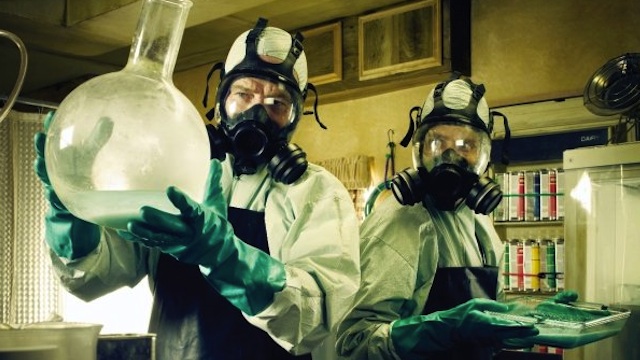
As the critically-acclaimed television drama Breaking Bad comes to a close, many fans are asking: is the science seen in the show based on reality? The show’s science advisor answers, and yes, it is: “Breaking Bad may be a fictional show, but much of its science is based in reality,” Donna Nelson, a professor of organic chemistry at the University of Oklahoma and the show’s Science Advisor since 2008, writes in a post on the show’s blog. Breaking Bad – about a cancer-stricken chemistry teacher who turns to meth to secure his family’s future – has been getting plaudits not just from TV critics and audiences, but also from scientists who praise its faithfulness to real-life science. However, Nelson said they don’t show all the processes, particularly in the drug-making scenes, lest they unwittingly help would-be lawbreakers. Read Nelson’s post on the Breaking Bad blog; more on BoingBoing, Bytesize Science (video from them below), the Los Angeles Times, and Discovery News.
And that’s this week’s Science wRap. Did we miss any big science news or issues from the week? Discuss below in the comments. – Rappler.com
Add a comment
How does this make you feel?
There are no comments yet. Add your comment to start the conversation.